- Home
- About Us
- Contact Us
- Site Map
- Affiliate Disclosure
- Privacy Policy
- Terms And Conditions
- Best Drone For Beginners 2021 : Top Beginner Drones
- Best Drones 2022 For Beginners : Top Beginner Drone
- Best Drones For Under 100 Dollars That Are Top Easy To Fly
- Best Cheap Drone For Photography : Camera Drones Budget
- What Is The Best Drone For 2022 And How Fast They Go
- Best Drone In The World To Use For Your First Time
- Best Drones 2022 With Camera : Which One Is The Best Drone
- Mavic Drone : The Most Marvelous Epic Controlled Flight System
- Drone Pilot License : The Best Way To Show Off Your Flight Skill
- Sky Rider Drone: Wi-fi Quadcopter With Foldable Black Camera
- Drone For Kids : The Best Toy To Focus On STEM Technology
- Propel Drone HD Camera Quadcopter And Star Wars
- Mini Drone With Camera : What Is The Best One And Why It Is Good
- Drones Dji : The Most Popular Consumer Drone On The Market Today
- Long Range Drone : How Far Can It Go And At What Rate Of Speed
- Micro Drone : The Smallest Toy With The Biggest Flight Fun
- Flying Spinner Mini Drone : The Best Flying Machine For Home Use
- Drones That Follow You : Is This An Invasion of Privacy or Not ?
- Drone Vivitar : A Magnificent Piece Of Equipment To Learn To Fly
- Drone Repair Near Me : Where Can I Find Reliable Parts And Stuff
- Drone Photography Near Me That Can Capture The Scenic View
- Drone Quadcopter : The Best Aerial Fly Machine That You Can Own
- Drone Light Show : A Spectacular Array Of Lights, Camera, Action
- Drone Holy Stone : The Most Quality Flying Device Anyone Can Use
- Sky Quad Drone Reviews Is It A Scam Or Legit Revealed
- Drone Fishing : When A Man Has A Rod, Boat, And Nothing But Time
- Faa Drone Registration : Feel Free To Fly But Follow The Rules
- Remote Control Drone : RC Drones With Fpv Controllers
- Hand Controlled Drone : Guiding Your Flight At Your Finger Tips
- Best Video Drones For Beginners | Features A Beginner Drone
- The Best Drone To Buy : Drones 2023 For Beginners
- Dgi Drone
- Best Drone For Night Photography
- Best Drone For The Money
- Best Drone For Teenager
- Best Drone For Under 200
- Best Drone For Under 500
- Best Drone For Video
- Best Drone In The Market
- Best Drone Under 1000
- Best Drones For Travel
- Bird Drone
- Black Hornet Drone
- Deerc Drone
- DJI Drones For Sale
- Best Beginner Drone With Camera : Are You New To Flying
- Best Beginner Drone For Me And How Much Will It Cost
- Battery For A Drone : Benefits, Advantages, And Features
- Best Camera Drone For Professional And Entertainment Purposes
- Best Cheap Drone In The Market That Will Not Cost An Arm and Leg
- Dji Fpv Drone
- Dji Mavic 3 Drone
- Drone Dj
- Best Drone Camera For First Time Users And Experienced Users
- What Are The Best Drones For Video Drone Camera
- Home
- Best Drones 2022 For Beginners : Top Beginner Drone
- Best Brand for Drone
- Best Drones 2022 With Camera : Which One Is The Best Drone
- Best Cheap Drone For Photography : Camera Drones Budget
- Micro Drone : The Smallest Toy With The Biggest Flight Fun
Micro Drone : The Best Machine For Those Who Are Beginner Flyers
A smalldrone, also known as a mini drone or nano drone, refers to a small unmanned aerial vehicle (UAV) that is typically compact in size and lightweight. These drones are designed for recreational purposes, aerial photography, indoor flying, and sometimes even for professional use in specific industries.
Here are some key features and details about small drones:

Size: Small drones are significantly smaller than standard consumer drones, with dimensions ranging from a few centimeters to a maximum of around 15-20 centimeters. Their compact size allows them to be easily carried and maneuvered in tight spaces.
Weight: They are lightweight, usually weighing between a few grams to a few hundred grams. The lightness of the drone helps with flight stability and agility.

Flight Capabilities: Small drones are usually equipped with basic flight capabilities, such as hovering, forward/backward movement, sideways flight, and sometimes even 360-degree flips and rolls. However, due to their size and limited power, their flight range and endurance may be shorter compared to larger drones.
Camera: Many small drones come with built-in cameras, typically capable of capturing photos and videos in a resolution ranging from 720p to 1080p. However, the camera quality may not be as advanced as that of larger drones, and the stabilization may be limited.
Flight Control: Small drones are generally controlled via a remote controller, which operates on either radio frequency (RF) or Bluetooth connectivity. Some models can also be controlled through a smartphone or tablet using a dedicated app. The control range is usually shorter than that of larger drones.

Battery Life: Small drones typically have shorter flight times due to their smaller battery capacity. The flight duration can vary from a few minutes to around 10-15 minutes, depending on the model and flying conditions. It's common for small drones to come with multiple batteries to extend flying time.
Safety Features: Although small drones may not have advanced obstacle avoidance systems like higher-end drones, some models incorporate basic safety features like propeller guards or an automatic shut-off mechanism when the drone is about to crash.

Indoor and Outdoor Use: Small drones are often designed for both indoor and outdoor use. Their small size and lightweight nature make them suitable for flying indoors without causing significant damage to surroundings. However, outdoor flying is also possible, taking into account weather conditions and wind resistance.
Price Range: The cost of small drones can vary depending on their features, camera capabilities, brand, and overall quality. Generally, they tend to be more affordable compared to larger and more advanced drones.
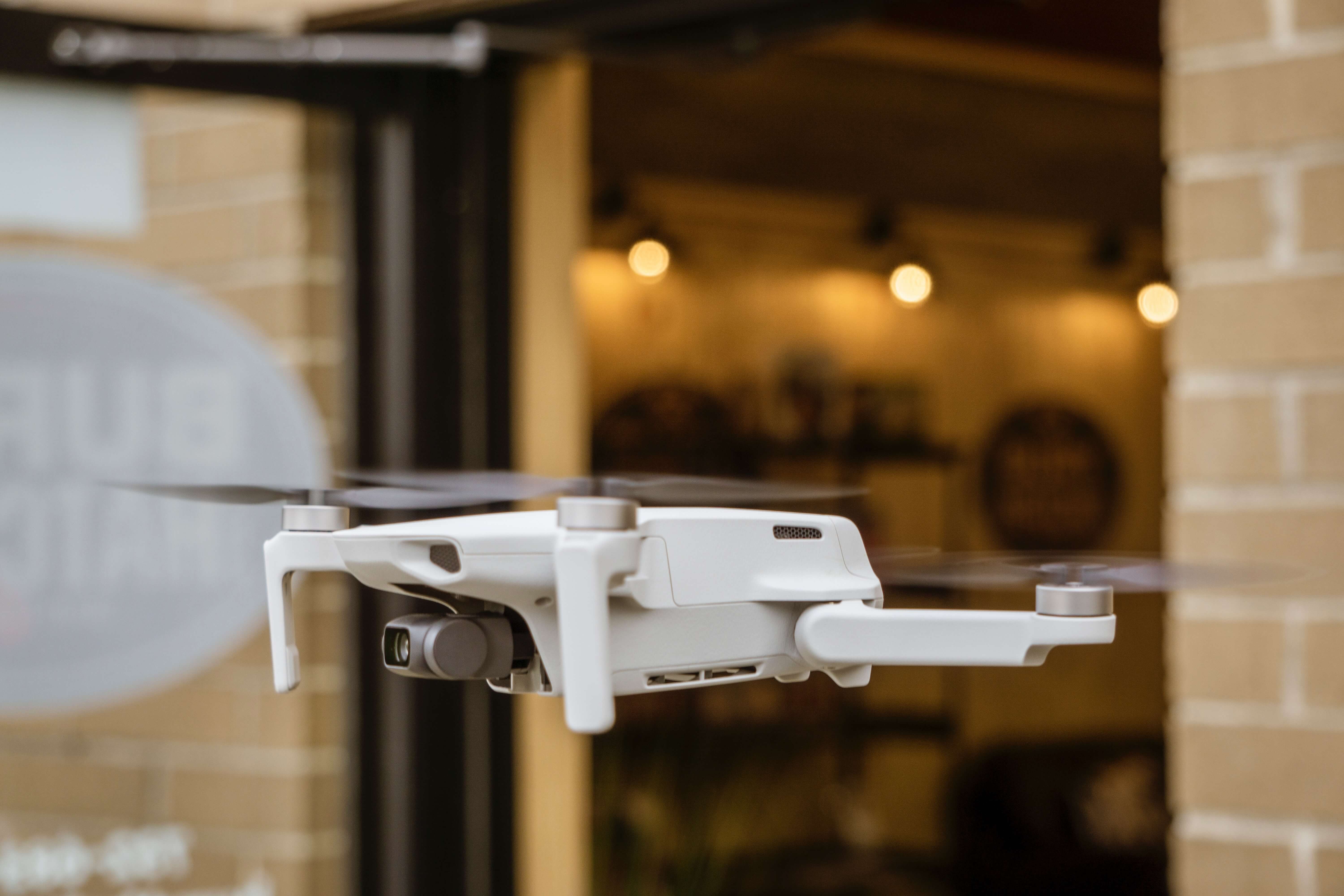
Overall, small drones are popular for their portability, ease of use, and versatility in various applications. They offer an entry point into the world of drones for beginners and can be enjoyed by hobbyists, photographers, and enthusiasts alike.
What Is The Smallest Drone You Can Buy ?
The smallest drones available for purchase are often referred to as nano drones or mini drones. These drones are incredibly compact and lightweight, designed to fit in the palm of your hand. While there are various models on the market, here are some examples of the smallest drones you can buy:
1. Cheerson CX-10: The Cheerson CX-10 is one of the smallest commercially available drones. It measures around 4 centimeters in length and width, weighing approximately 15 grams. Despite its tiny size, it features basic flight controls, LED lights for orientation, and can perform 360-degree flips.

2. Hubsan Q4 H111: The Hubsan Q4 H111 is another popular nano drone. It is similar in size to the Cheerson CX-10, measuring about 4 centimeters and weighing around 11 grams. It offers basic flight functionalities and is suitable for both indoor and outdoor flying.
3. Blade Inductrix FPV+: The Blade Inductrix FPV+ is a slightly larger nano drone but still considered one of the smallest FPV (First Person View) drones. It measures around 8 centimeters and weighs approximately 24 grams. It features a built-in camera for FPV flying, allowing you to see a live video feed from the drone's perspective.

4. DJI Tello: The DJI Tello is a mini drone that falls in the slightly larger category but still compact compared to standard consumer drones. It measures around 9.8 centimeters and weighs approximately 80 grams. The Tello comes with a 720p camera, stabilizing technology, and intelligent flight modes, making it suitable for aerial photography and programming education.
These are just a few examples, and the market for nano drones is continually evolving, with new models and variations being released regularly. When considering the smallest drones, it's essential to consider factors like flight capabilities, camera features, battery life, and price, to find the one that best fits your needs and preferences.
It's worth noting that there are even smaller drones used in research and specialized applications, but they are not typically available for consumer purchase and are developed for specific purposes.
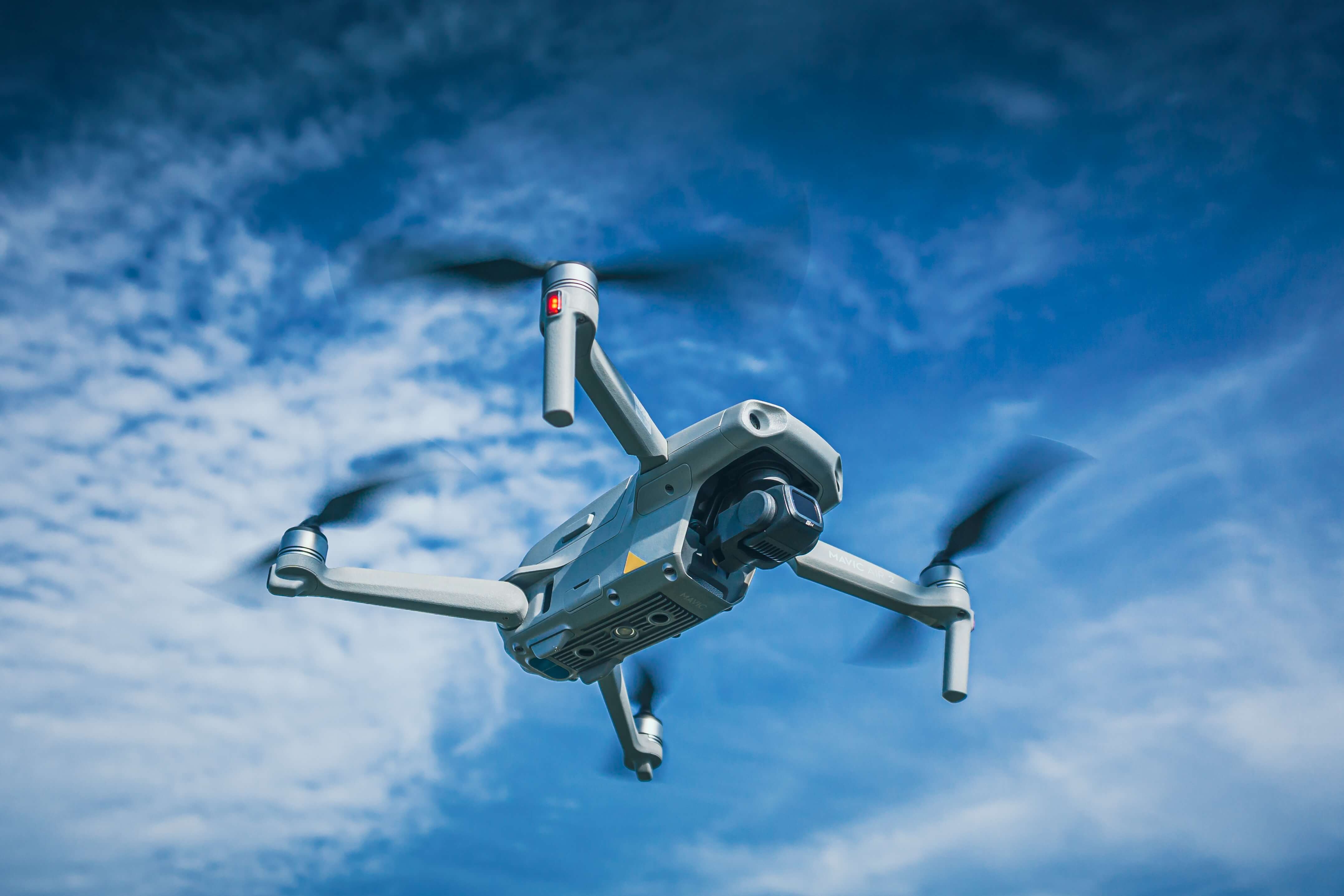
What Is Nano Drone Vs Mini Drone ?
Nano Drone:
A nano drone is the smallest category of drones available in the market. These drones are designed to be ultra-compact and lightweight, often small enough to fit in the palm of your hand or even on your fingertip. Here are some key characteristics of nano drones:
1. Size: Nano drones typically have dimensions ranging from a few centimeters to around 10 centimeters. They are incredibly small and compact, allowing them to navigate tight spaces easily.

2. Weight: Nano drones are extremely lightweight, usually weighing less than 50 grams. Some nano drones can weigh as little as a few grams. Their lightweight construction enables them to fly with agility and maneuverability.
3. Flight Capabilities: Nano drones often have limited flight capabilities due to their small size. They typically offer basic flight functions such as hovering, forward/backward movement, and sideways flight. Some nano drones can perform 360-degree flips and rolls. However, their flight range and endurance are usually shorter compared to larger drones.

4. Camera: Nano drones may or may not come with a built-in camera. If they do, the camera quality is often basic, with lower resolution and limited stabilization capabilities. The primary focus of nano drones is typically on their compact size and flight performance rather than advanced imaging capabilities.
5. Control and Range: Nano drones are typically controlled through a remote controller or smartphone app. They have a relatively short control range, often ranging from a few meters to around 30 meters. The control signal is usually transmitted using radio frequency (RF) or Bluetooth technology.
Small Drone:
Small drones are a slightly larger category compared to nano drones, but they are still compact and lightweight. They offer a balance between size and functionality, often providing more advanced features compared to nano drones. Here are some key characteristics of small drones:

1. Size: Small drones are slightly larger than nano drones, typically ranging from a few centimeters to around 20 centimeters in size. They are still relatively small and portable compared to standard consumer drones.
2. Weight: Small drones are lightweight, typically weighing between a few grams to a few hundred grams. Their weight allows for improved stability and flight control while maintaining portability.

3. Flight Capabilities: Small drones offer more advanced flight capabilities compared to nano drones. They can perform functions such as stable hovering, precise maneuvering, and some aerobatic moves like flips and rolls. Small drones often have longer flight range and endurance compared to nano drones.
4. Camera: Many small drones come with built-in cameras, ranging from basic models with lower resolutions to more advanced options with HD or even 4K video capabilities. Small drones equipped with cameras are often used for aerial photography or videography.

5. Control and Range: Small drones are typically controlled using a dedicated remote controller or smartphone app. They usually have a longer control range compared to nano drones, ranging from tens to hundreds of meters, depending on the model and technology used.
In summary, the main difference between nano drones and small drones lies in their size, weight, flight capabilities, and camera features. Nano drones are the smallest and most lightweight category, emphasizing compactness and basic flight functions. Small drones are slightly larger, offering improved flight capabilities, better camera options, and a balance between size and functionality.
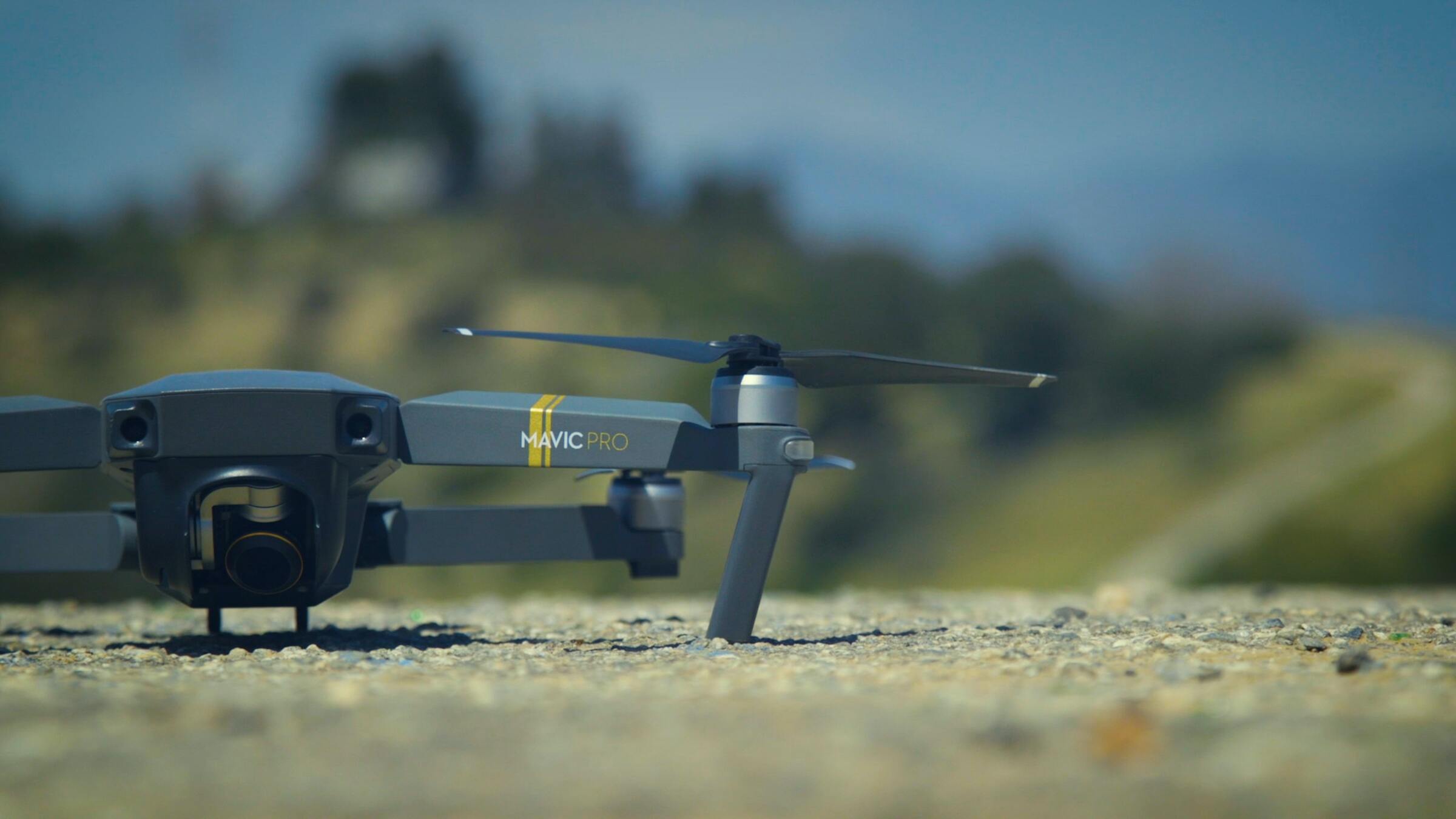
What Is The Range Of A Small Drone ?
The range of a small drone refers to the maximum distance between the drone and the remote controller or smartphone app from which it is being controlled. The range can vary depending on several factors, including the drone's design, communication technology used, and environmental conditions. Here are some details about the range of a small drone:
1. Communication Technology: Small drones typically use radio frequency (RF) or Bluetooth technology for communication between the drone and the remote controller or smartphone. RF-based drones generally offer a longer range compared to Bluetooth-based drones. RF-based small drones can have a range of up to a few hundred meters, while Bluetooth-based small drones usually have a range of up to 30 meters.

2. Interference: The range of a small drone can be affected by interference from other electronic devices or physical obstacles. In an open area with minimal interference, the drone can achieve its maximum range. However, in urban environments or areas with many electronic devices, the range may be reduced due to signal interference.
3. Environmental Factors: The range of a small drone can also be influenced by environmental conditions such as weather and terrain. Windy conditions can affect the stability and control of the drone, potentially reducing the effective range. Similarly, flying in areas with many obstacles, such as trees or buildings, can limit the drone's range as the signal may be obstructed.

4. Transmission Power: The transmission power of the drone's communication system can impact the range. Drones with higher transmission power can generally achieve a longer range compared to those with lower transmission power. However, it's important to comply with local regulations and laws regarding transmission power limits.
5. Line of Sight: Maintaining a clear line of sight between the drone and the remote controller or smartphone can help maximize the range. When there are no obstacles obstructing the signal, the drone can maintain a stronger and more reliable connection, allowing for a greater range.

It's important to note that the range of small drones is typically shorter compared to larger consumer drones. This is due to their smaller size, limited battery capacity, and lower transmission power. It's always recommended to check the specifications provided by the manufacturer to determine the specific range of a particular small drone model.
Furthermore, it's crucial to operate the small drone within your visual range to ensure safety and compliance with local regulations. Always adhere to local laws and regulations regarding drone flight and ensure responsible and safe flying practices.
What Is The Smallest Spy Drone ?
The term "spy drone" typically refers to drones used for surveillance or intelligence-gathering purposes. These drones are designed to be discreet, small, and capable of capturing high-quality imagery or video for surveillance applications. While there isn't a specific drone model marketed as a "spy drone," there are small drones that are suitable for covert operations or surveillance tasks. Here are some details about the smallest drones that can be used for spying or surveillance:
1. DJI Mavic Mini: The DJI Mavic Mini is not specifically marketed as a spy drone, but it is one of the smallest consumer drones with high-quality camera capabilities. It weighs just 249 grams and features a 12-megapixel camera capable of capturing 2.7K video. Its compact size and advanced flight features make it suitable for discreet aerial surveillance and reconnaissance tasks.
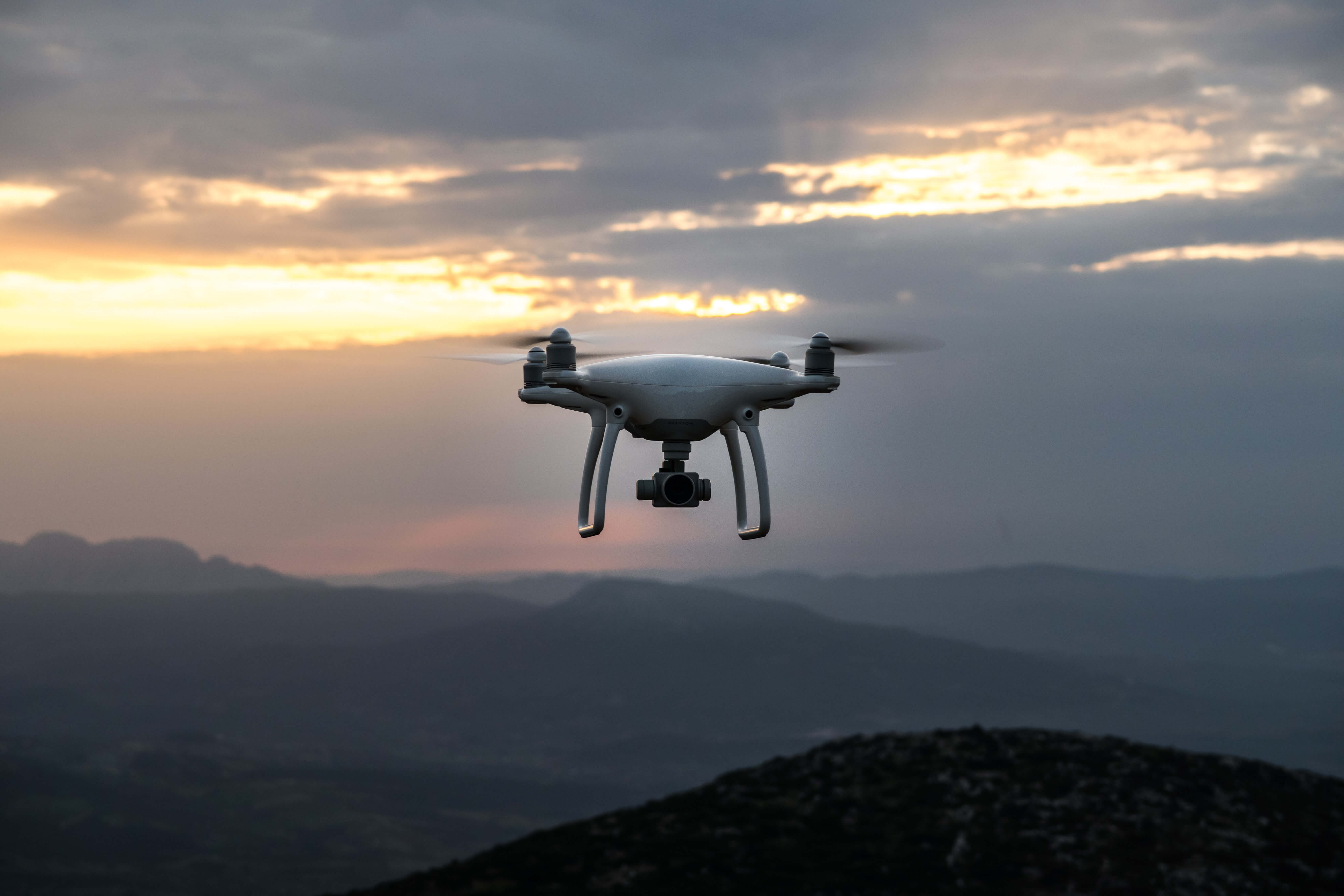
2. Autel Robotics EVO Lite: The Autel Robotics EVO Lite is another compact drone that can be used for surveillance purposes. It has a foldable design, making it easy to carry and conceal. It features a 12-megapixel camera capable of shooting 4K video and offers advanced flight modes and autonomous flight capabilities.
3. DJI Spark: While slightly larger than the previously mentioned drones, the DJI Spark is still relatively small and offers features suitable for covert operations. It features a 12-megapixel camera capable of shooting 1080p video. The Spark can be controlled using hand gestures, allowing for hands-free operation, which can be advantageous for discreet surveillance.

4. Yuneec Breeze: The Yuneec Breeze is a compact drone designed for aerial photography and video. It is lightweight and portable, making it suitable for covert operations. It features a 13-megapixel camera capable of recording 4K video and offers various automated flight modes, including Orbit and Follow Me, which can aid in surveillance tasks.
It's important to note that the use of drones for spying or surveillance purposes raises ethical and legal concerns. Drone usage for surveillance is subject to local laws, regulations, and privacy considerations. It is essential to comply with applicable laws and obtain necessary permissions and authorizations when using drones for any surveillance activities.
When considering drones for surveillance purposes, it's crucial to evaluate factors beyond size, such as camera quality, flight capabilities, flight time, and data transmission security, to ensure the drone meets the specific requirements of the intended surveillance operation.
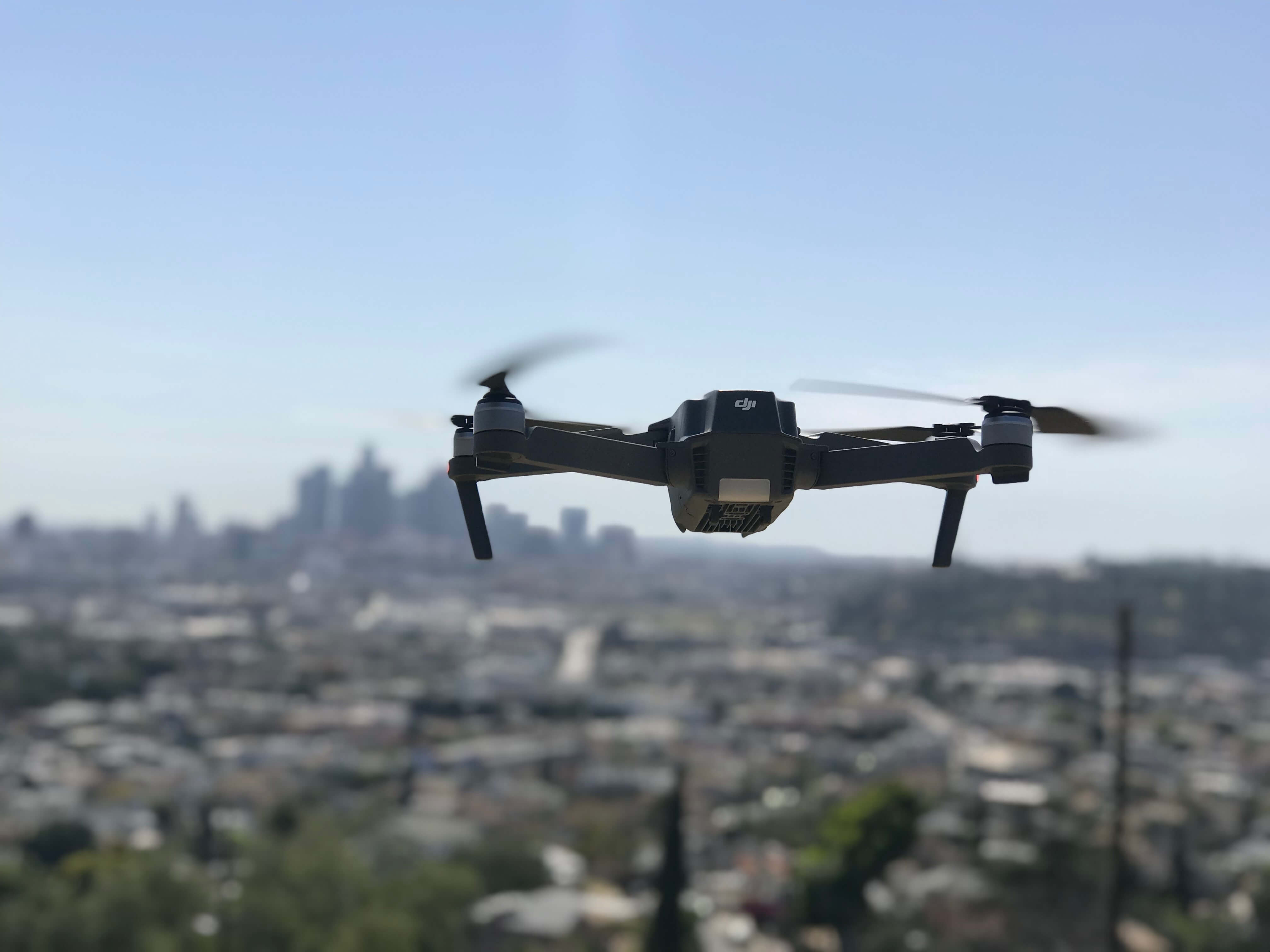
How High Can A Mini Drone Fly ?
The maximum altitude that a mini drone can fly largely depends on various factors, including its design, capabilities, and local regulations. Here are some details to consider regarding the altitude capabilities of mini drones:
For more information click here Controllers